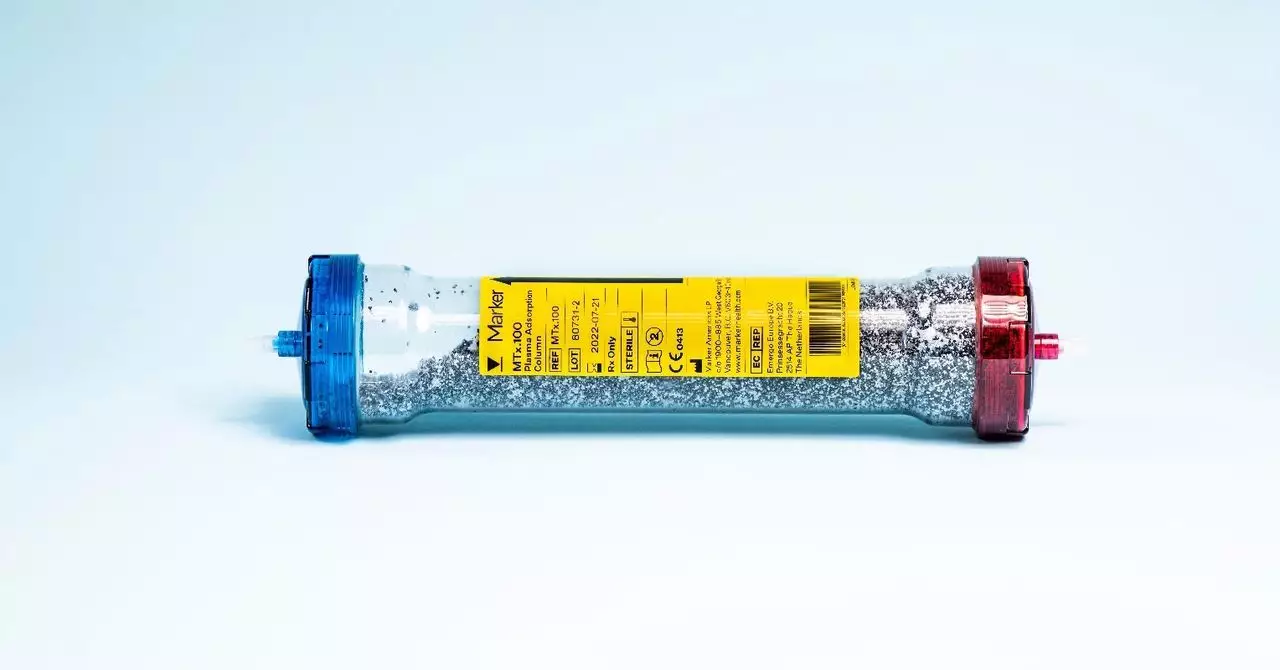The digital age has brought along a myriad of conveniences, lending us access to information on everything from the latest fashion trends to intricate scientific discoveries that shape our health. Yet, this convenience comes at a hidden cost that we’re only beginning to confront: microplastics. These minuscule particles, ever-present in our environment, have woven themselves into the very fabric of our lives, from the snow atop Mount Everest to the depths of the Mariana Trench. Their presence extends embarrassingly close to home, affecting not just wildlife but also human beings at every conceivable level.
Recent investigations have revealed the shocking extent to which microplastics infiltrate our bodies. They have been identified in human placentas, breast milk, and even the blood coursing through our veins. The troubling reality is that this issue is not a problem relegated to distant lands or remote ecosystems; it is a pervasive threat that calls into question the health of every individual. The gravity of this discovery cannot be overstated—the fact that an invader lingers within our bloodstream should ignite alarm bells that resound across the globe.
The Costly Solution: Blood Cleansing Clinics
In a bid to combat this infiltration, innovative but contentious solutions have emerged. One such instance is the Clarify Clinic in London, a facility that caters to those with the financial means to undergo a blood cleansing treatment designed to filter out microplastics and other bodily contaminants. For a staggering fee that starts at £9,750 ($12,636), clients settle into plush armchairs and undergo a two-hour procedure where their blood plasma is cleansed of perceived toxins. This may sound promising; however, the entire industry around detoxing the human body raises serious ethical questions and concerns about the validity of its claims.
Although proponents assert that their treatments can alleviate chronic fatigue, brain fog, and other health ailments, the scientific consensus regarding microplastics’ impact on health is far from settled. A 2022 World Health Organization report warns that the risks of microplastics remain largely unknown, highlighting an essential gap in our understanding. Claims made by clinics like Clarify should be approached with skepticism, as they seem to capitalize on fear rather than provide solid scientific backing for their efficacy.
The Scientific Community Speaks: Uncertainty Abounds
The debate surrounding microplastics and their health implications is further clouded by conflicting research. While numerous studies have implicated microplastics in cellular harm—underscoring their presence within human systems—the direct health outcomes associated with their ingestion or inhalation have not been adequately explored. The notion that a patient might seek solace in a treatment that lacks a robust foundation in peer-reviewed science is an alarming commentary on our collective desperation for solutions amid growing environmental hazards.
Moreover, opinions among researchers vary significantly, as evidenced by the words of Frederic Béen, an environmental contaminants researcher. He emphasizes the age-old wisdom that “the dose makes the poison,” urging a more profound understanding of exposure levels before jumping to alarming conclusions about health. This reflects a growing ambivalence in the scientific community: while the reality of microplastic contamination is undeniable, the concerns regarding its health repercussions remain an intricate puzzle that is yet to be solved.
Challenging the Status Quo: A Call for Stringent Research
Given the ubiquity of microplastics and their potential impact on human health, one must demand far more rigorous investigations into their physiological effects. A few studies may suggest a correlation between microplastics in the body and heart risks, yet we are dealing with an emerging crisis that necessitates extensive, multidisciplinary research efforts. Public health should be prioritized, and the scientific community pressed to unveil the scope of the microplastic threat—both its prevalence in our bodies and its actual health effects.
As individuals, we must adopt a proactive stance: educate ourselves on the substances we consume, push for tighter regulations on plastic production, and support research initiatives aimed at deciphering the risks connected to microplastics. To tackle an issue as pervasive as this, awareness must go hand in hand with actionable measures. Only then can we hope to disentangle ourselves from this toxic web that threatens our health and environment, ensuring that future generations might rise unencumbered—not just from plastic, but from the health risks inherent in our modern lives.

